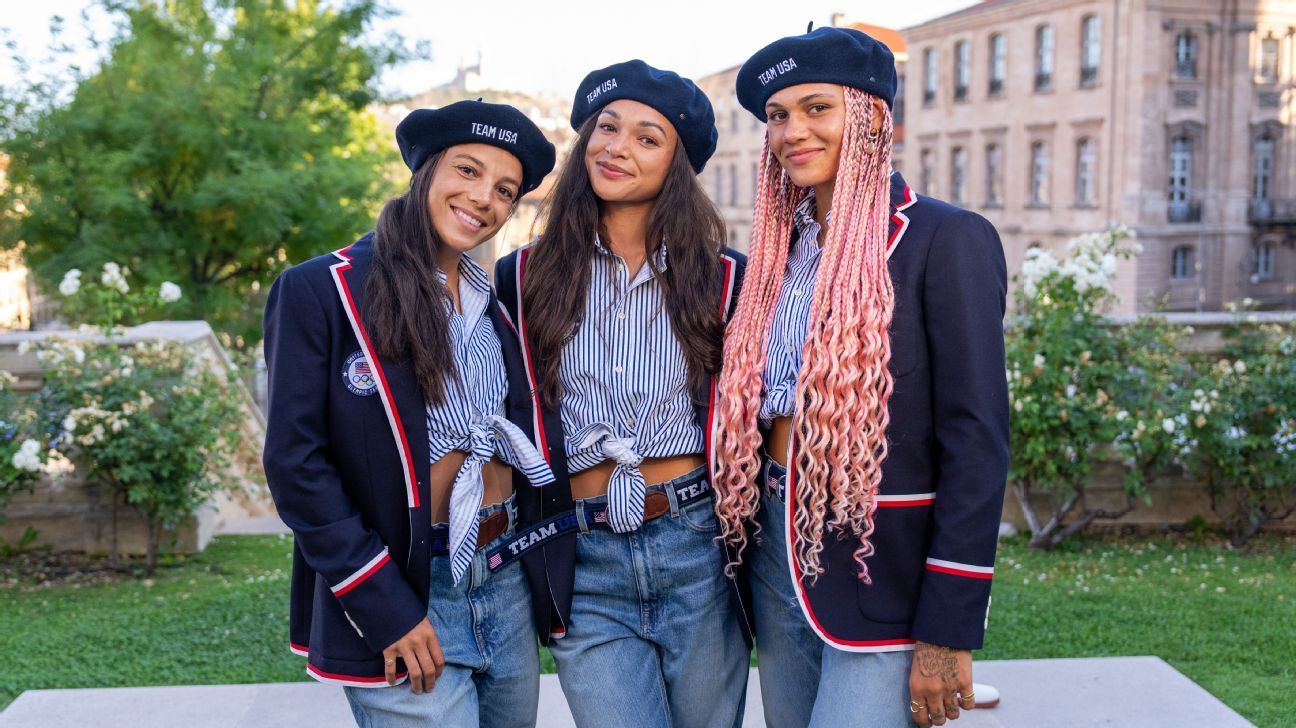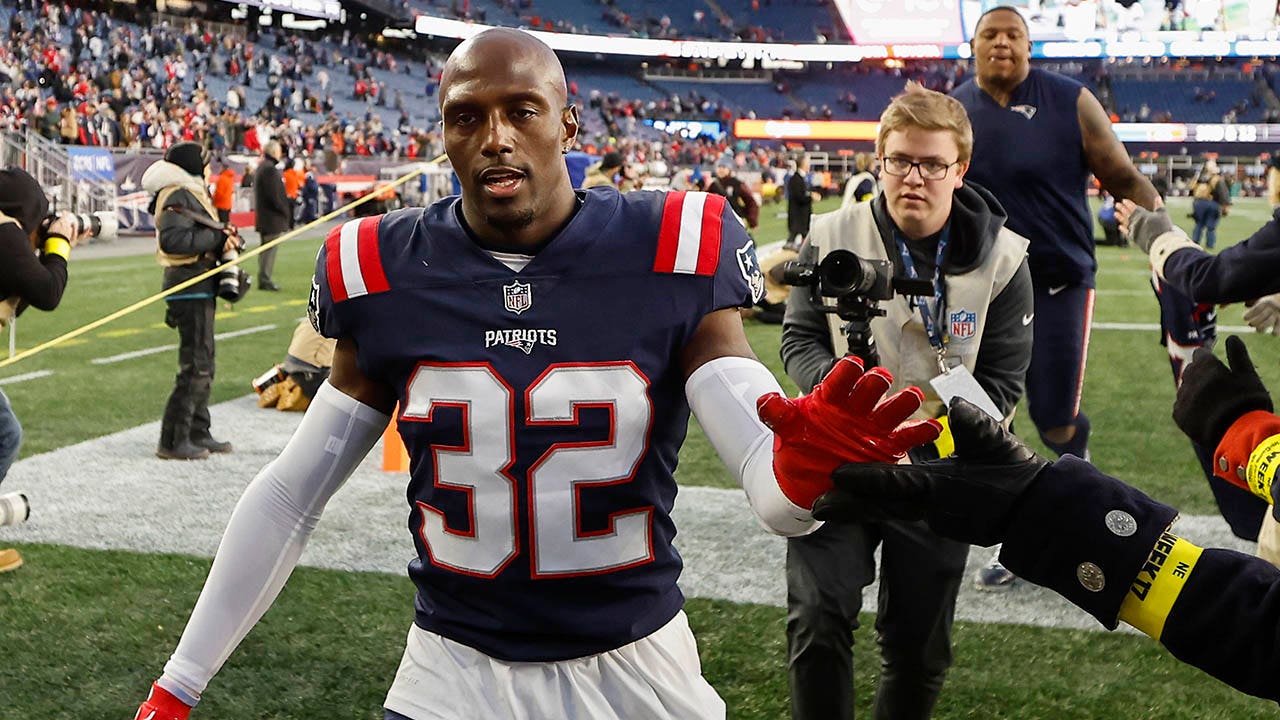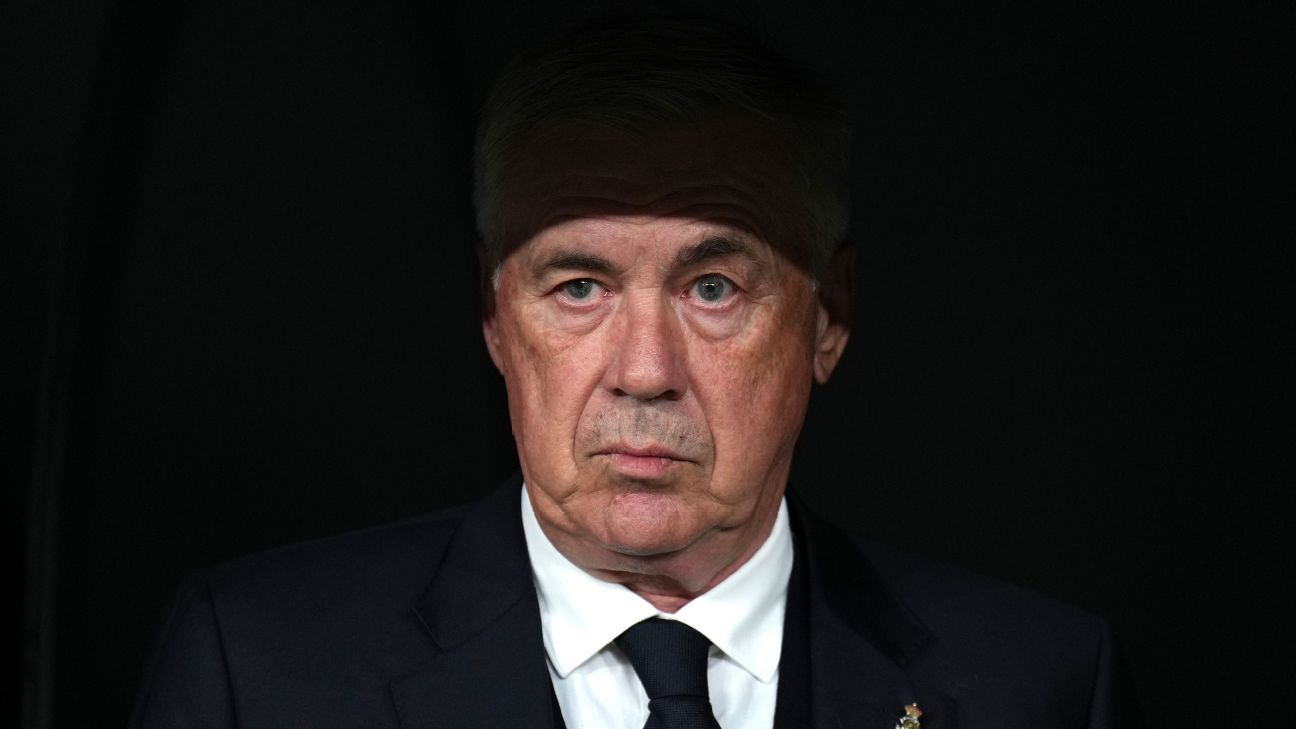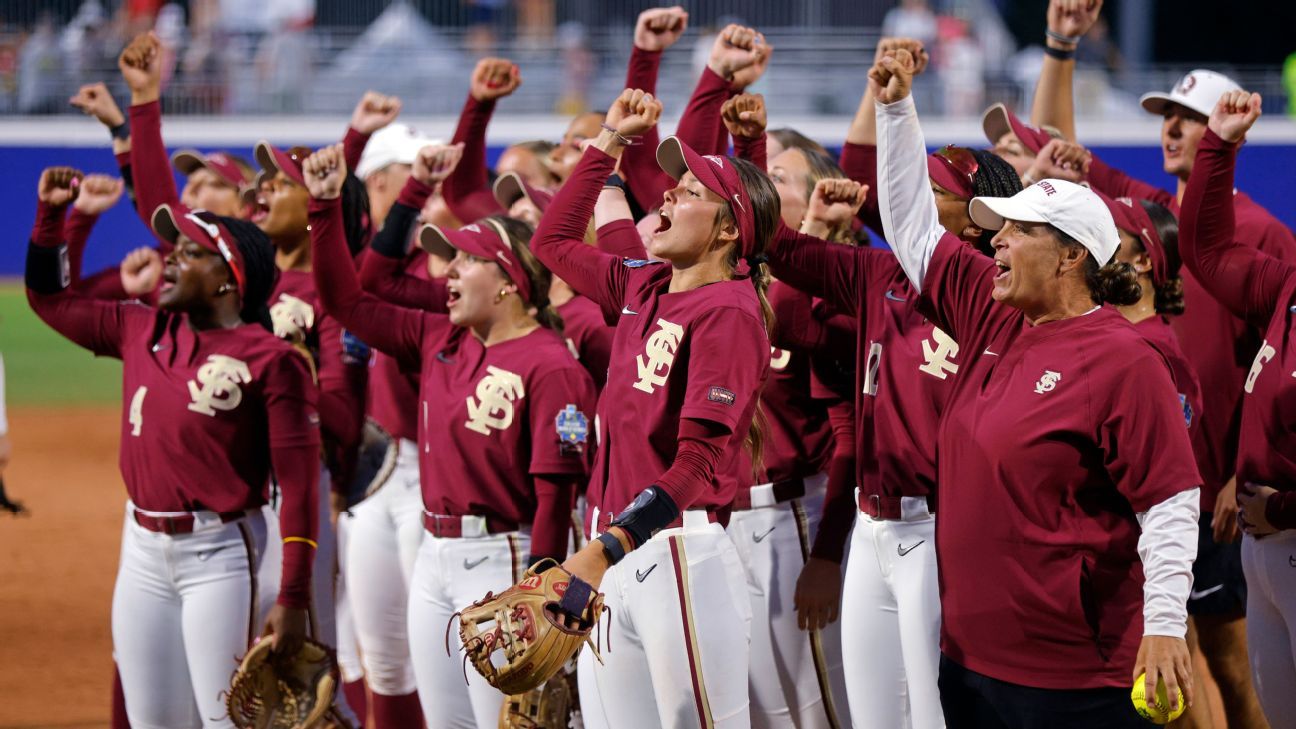LYON, France — When Trinity Rodman walked into the locker room after the U.S. women's national team's victory over Australia last week at the Paris Olympics, she was carrying a piece of paper that a fan had tossed her as she left the field. The paper had the names of the three starting U.S. forwards — Rodman, Sophia Smith and Mallory Swanson — printed on it, and then, in large, colorful letters, the words: “THE HOLY TRINITY.”
Rodman was torn. While she greatly appreciated the sentiment behind the sign, she remained optimistic (even hopeful?) that a different moniker could be found for the trio. “I don't want it to just be my name,” she said. “So we'll try something different.”
The lack of an obvious (and catchy) nickname for the U.S. women's forward three is perhaps the only problem they've had over the past four games. As the U.S. prepares for its Olympic soccer semifinal on Tuesday against Germany, the Americans can take solace in knowing their leading scorers have been doing exactly that: scoring.
Following Rodman's spectacular overtime winner, which snuck into the top corner of the net in a 1-0 quarterfinal win over Japan, she and Swanson share the team's scoring lead with three goals each, while Smith has added two goals of her own. Between them, they have scored eight of the team's 10 goals at the Paris Games.
“I feel like we're gelling really well, really quickly,” Smith said. “This is only 70 percent of what we can do. The more games we play together, the more we'll play off of each other and learn from each other's tendencies. It's a lot of fun to play with them.”
That comfort level is clearly something new coach Emma Hayes has prioritized. Despite the compressed nature of the Olympic tournament, Hayes has been steadfast in her desire to keep her preferred lineup together, even doing so in a near-scoreless game against the Matildas in the group stage final. While that decision has inspired some debate among observers wondering about fatigue, the minutes the U.S. players are getting on the field — especially among the front three — have led to valuable insight.
In the 4-1 group stage win over Germany, Rodman created the opening goal with a play on the edge of the box that he then crossed perfectly to Smith, who finished with a first-time finish. It was a goal straight from the training ground and underscored how quickly the U.S. forwards are assimilating what Hayes, who called the trio “dynamic as hell,” expects of them.
“I think we're all starting to get used to the way Emma wanted us to play,” Swanson said. “It's been really nice to be able to learn different things and try to apply them, especially since the group we have is super special.”
Swanson understandably appreciates her role in this team’s rise. She has been a member of the U.S. women’s national team since 2016, when she was just 17, and worked her way up to a leading role on the national team as she became a star in the NWSL. But three months before last year’s Women’s World Cup, Swanson tore her left patellar tendon, a devastating injury that required a full year of recovery.
Missing so much time cost her dearly, both to Swanson's own confidence and to her ability to mesh with Smith and Rodman, the other young attackers she would have to pair with. During her time at these Olympics, she has found herself thinking about the basic premise that she is finally playing without fear again. “I think I'm just grateful,” she said.
One of the things that helped Swanson reintegrate smoothly was her familiarity with Smith. While Smith is two years younger, she and Swanson grew up playing for the same club near Denver and have known each other's game for years.
Swanson knows, then, the challenge Smith has faced in playing a different role for the national team than he normally does for his club. With the Portland Thorns, Smith is often seen dropping further back on the field, playing the ball further away from the goal.
With the U.S. women's national team, Hayes has been pushing her to get close to the penalty box and look to take advantage of crosses, cuts and rebounds or unexpected bounces that fall there. It's something Smith is willing to do, but it's also a change that requires her to retrain her brain a bit.
“I think Emma's biggest goal for me is to play in this position (the No. 9),” Smith said. “I tend to go find her, take her, turn around and go. Obviously it's different here. I've got players around me who can do that, and I just need to find myself in the box to take advantage of the opportunities that are being created for me.”
Staying more focused is also critical, because it opens up space on the wings for both Swanson and Rodman, who propelled the U.S. to the semifinals with her wonderful sequence against Japan that began on the right sideline. That play — in which Rodman received a ball from Crystal Dunn, dribbled toward the goal line before quickly cutting inside and firing a perfect shot into the top corner of the far post — was just the latest example of the individual brilliance the U.S. women’s team expects from Rodman.
At 22, she’s already a mainstay of the U.S. offense, and to Hayes’ delight, she’s a two-way player with a serious motor who works both on defense and offense. Despite being the third-youngest player on the Olympic roster, Rodman already has 44 caps for the U.S. women’s national team and is the only American to have appeared in every U.S. women’s national team game since the start of 2023. But while she was part of the team that was eliminated from the Women’s World Cup last summer in the round of 16, her impact there was nowhere near what it was in France. For Rodman, much of that is due to Hayes’ influence.
“His coaching style is that he doesn't want to change anybody's style,” Rodman said. “He wants everybody to be creative in their own way and he allows that to happen, while also trying to put his structure and his principles into play. But allowing us to play freely I think has been a big success.”
That much is certain. And as the U.S. women’s national team restructures under Hayes, it’s impossible to overstate how important the three players leading the offensive line are to the new personality of this group. Lindsey Horan, the veteran midfielder and team captain, drew a clear line between what Rodman, Smith and Swanson are doing and the emergence of a new feeling around the team as a whole. Even if they don’t have a catchy nickname yet.
“We keep talking about this new identity, this new style, this new sense of confidence,” Horan said. “I think you see it in our front three. I think you see it in our attack… I think that's the key for us right now.”












